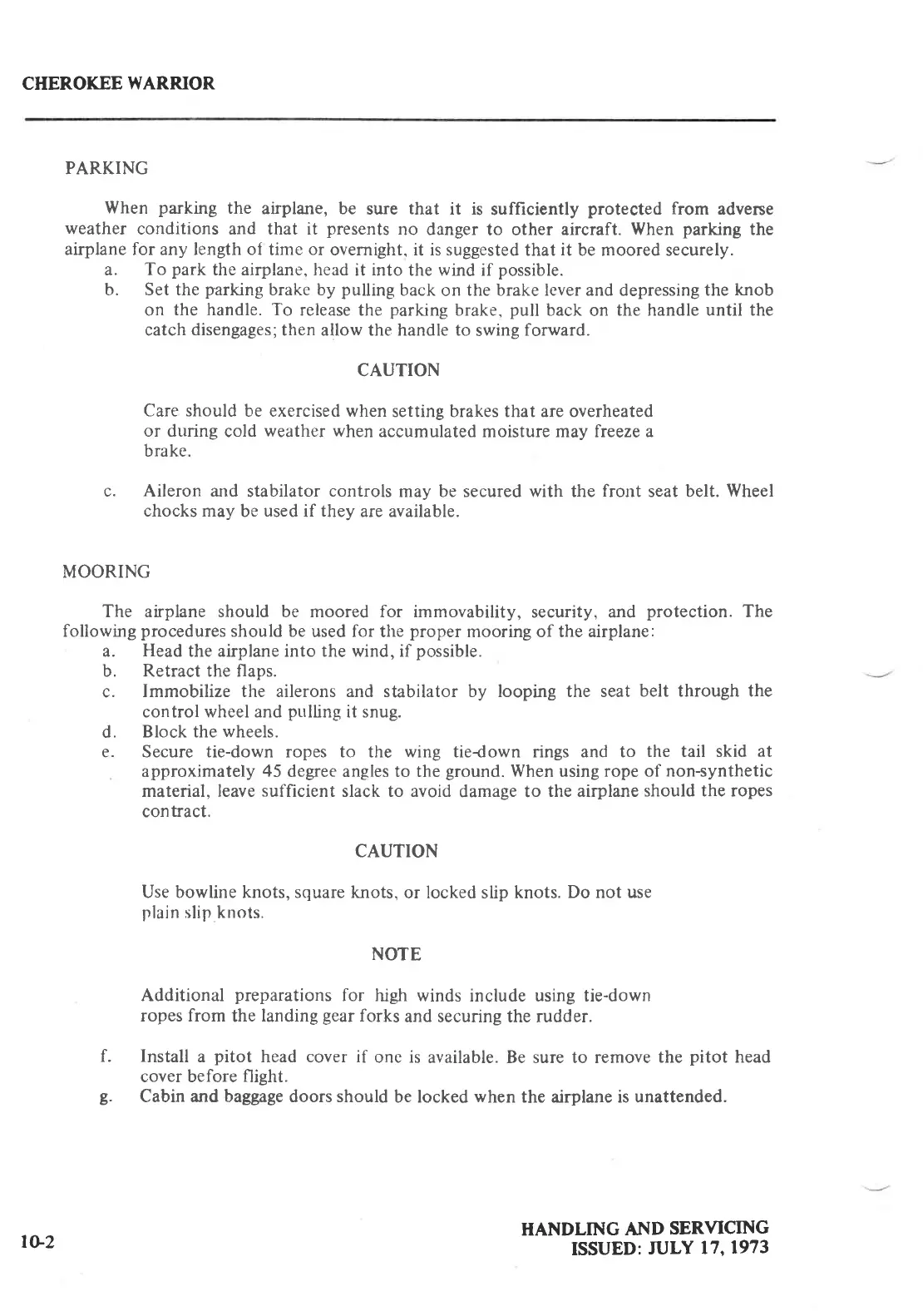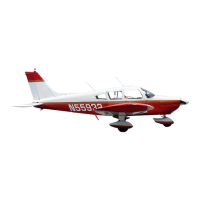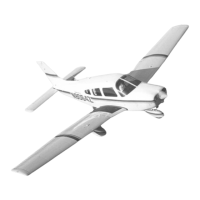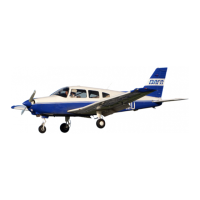CTIEROKEE
WARRIOR
PARKING
When
parking
the
airplane, be
sure
that
it is
sufficiently
protected
from
adverse
weather
conditions and that it
presents
no danger
to other aircraft.
When
parking
the
airplane for any length of
time
or
overnight. it is suggested
that
it
be moored securely.
a. To
park
the airplane, head
it
into
the wind if
possible.
b. Set the
parking
brake by
pulling
back
on
the brake lever and depressing the
knob
on
the handle. To
release the
parking
brake,
pull
back
on
the handle until the
catch
disengages;then
allow the handle to
swing
forward.
CAUTION
Care should
be exercised when
setting brakes that are overheated
or during
cold
weather when
accumulated moisture may freeze a
brake.
c. Aileron and
stabilator
controls
may be secured with the
front
seat belt.
Wheel
chocks mav
be
used
if
thev
are available.
MOORING
The airplane should be moored for immovability,
security, and
protection.
The
following
procedures
should be
used for the
proper
mooring of the airplane:
a.
Head
the airplane into the wind, if
possible.
b. Retract the flaps.
c.
Immobilize the ailerons and stabilator by looping the seat
belt through the
control wheel and
pulling
it snug.
d.
Block the
wheels.
e. Secure tie-down ropes to the wing tiedown rings and to
the tail skid
at
approximately
45
degree angles to the
ground.
When
using
rope of non-synthetic
material, leave
sufficient
slack to avoid
damage to
the airplane
should the ropes
contract.
CAUTION
Use bowline knots, square knots,
or locked slip knots.
Do not use
plain
slip
knots.
NOTE
Additional
preparations
for
high winds include using tie-down
ropes from
the
landing
gear
forks
and securing the rudder.
f. Install
a
pitot
head cover if
one is
available. Be sure to remove
the
pitot
head
cover before flight.
g.
Cabin and baggage doors should
be locked
when
the airplane is unattended.
HANDLING
AND
SERVICING
ISSUED:
ruLY
17,1973
ro2

